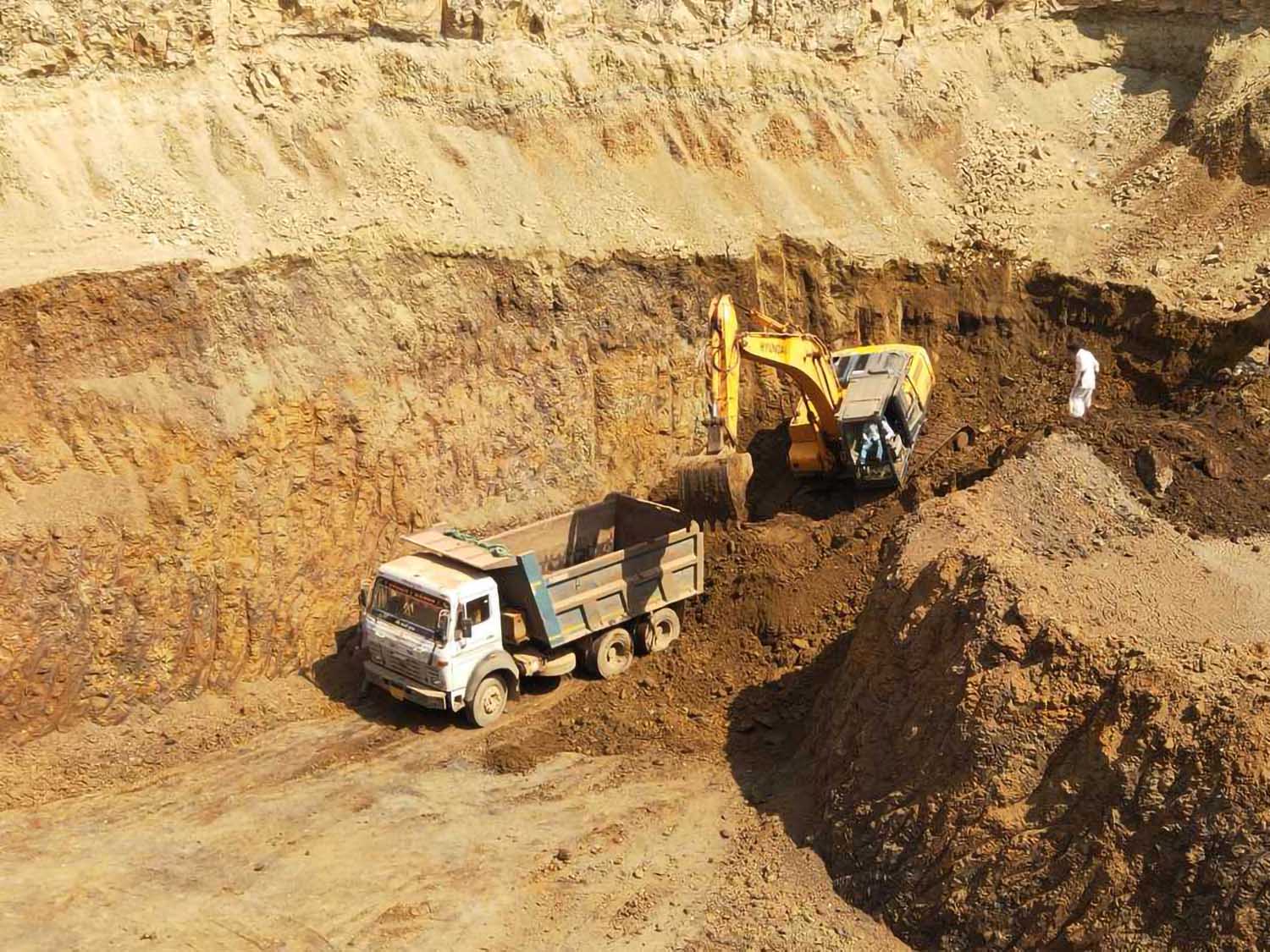Introduction
Lime is one of the most widely used industrial chemicals on the planet. From water treatment and steel manufacturing to agriculture and construction, lime plays a central role in supporting critical infrastructure and environmental management. But with global industries facing rising pressure to reduce carbon footprints, comply with environmental regulations, and promote circular economies, the way lime is produced and delivered is under the microscope.
The future of lime production is not only about quantity or quality—it is about sustainability and transparency.
This article outlines the best practices for sustainable lime manufacturing and how traceability is becoming an essential standard for ethical, efficient, and eco-friendly supply chains.
The Environmental Cost of Conventional Lime Production
Lime is typically produced by the calcination of limestone (CaCO₃) at high temperatures in rotary or vertical kilns, releasing carbon dioxide in the process. This reaction—while fundamental to lime chemistry—is inherently carbon-intensive, contributing significantly to industrial greenhouse gas emissions.
Key environmental challenges include:
-
High CO₂ emissions from the calcination process and fuel combustion
-
Dust and particulate matter released during quarrying, handling, and transport
-
Heavy energy consumption, particularly in fossil-fuel-fired kilns
-
Waste generation from overburden, rejects, and process by-products
-
Water usage and potential contamination in hydration and slaking operations
Given these impacts, decarbonizing the lime industry is no longer optional—it is imperative.
Best Practices for Eco-Friendly Lime Production
1. Alternative Fuels and Energy Efficiency
Modern kilns can be retrofitted or designed to operate using alternative fuels such as biomass, waste-derived fuels, or renewable electricity. At the same time, adopting preheater and regenerative technologies improves thermal efficiency, reducing the total energy required per ton of lime.
-
Vertical shaft kilns offer better energy utilization than older rotary designs
-
Waste heat recovery systems can power ancillary operations or contribute to grid supply
-
Automated combustion controls ensure optimal fuel-to-air ratios and reduce excess emissions
2. Carbon Capture and Utilization (CCU)
Innovative lime producers are now integrating carbon capture systems directly into kiln operations. Captured CO₂ can be stored geologically or reused in industrial applications like enhanced oil recovery or carbonation processes in cement production.
-
Pilot-scale CCU technologies are being deployed across Europe and North America
-
Post-calcination scrubbers can reduce direct process emissions by up to 90%
3. Closed-Loop Water and Waste Management
Eco-friendly lime facilities prioritize water recycling systems and minimize discharge through sedimentation and filtration. Process waste like kiln dust, screenings, and slaked lime residues can be reprocessed or repurposed in construction materials or soil remediation.
-
Slurry waste from hydrated lime production is increasingly reused in agriculture
-
Lime kiln dust (LKD) is being integrated into stabilized road bases and concrete
4. Digital Monitoring and Predictive Maintenance
Smart plants are using IoT-enabled sensors, real-time emissions monitoring, and predictive analytics to track performance, reduce downtime, and prevent environmental non-compliance. Automation not only drives operational efficiency—it directly supports environmental goals.
-
Remote diagnostics reduce unnecessary site visits and maintenance-related emissions
-
Integrated dashboards improve environmental reporting and compliance auditing
The Role of Traceability in Sustainable Supply Chains
Sustainability is no longer just about how a product is made—it’s about how it’s tracked, certified, and communicated.
Why Traceability Matters:
-
Ensures product integrity and regulatory compliance across markets
-
Enables clients to audit the carbon footprint of their supply chain
-
Improves accountability from quarry to customer, reducing unethical sourcing
-
Facilitates ESG reporting for downstream industries using lime in steel, agriculture, or construction
Best-in-class producers now implement blockchain-backed logistics, digital product passports, and ISO-certified quality systems to validate sustainability claims.
Oilchem’s Commitment to Sustainable Lime Production
At Oilchem Chemical & Allied Industries Limited, sustainability is embedded in every stage of our lime production—from responsible limestone extraction to high-efficiency calcination and traceable logistics.
Our approach includes:
-
Low-emission vertical kilns with optimized fuel profiles
-
Continuous emissions monitoring and dust suppression systems
-
Certified waste management protocols and water reuse systems
-
Transparent batch tracking and real-time delivery traceability
Oilchem’s lime products are not only high-performing—they are designed to meet the evolving sustainability standards of our partners across industries.
Conclusion
As global industries accelerate their shift toward cleaner, more transparent operations, the lime sector must lead by example. By embracing alternative fuels, circular systems, digital monitoring, and full traceability, producers can transform lime from a carbon concern into a sustainable industrial ally.
Eco-friendly lime production is no longer a competitive advantage—it’s an industry responsibility.
And the producers who lead this transformation today will become the trusted suppliers of tomorrow.

